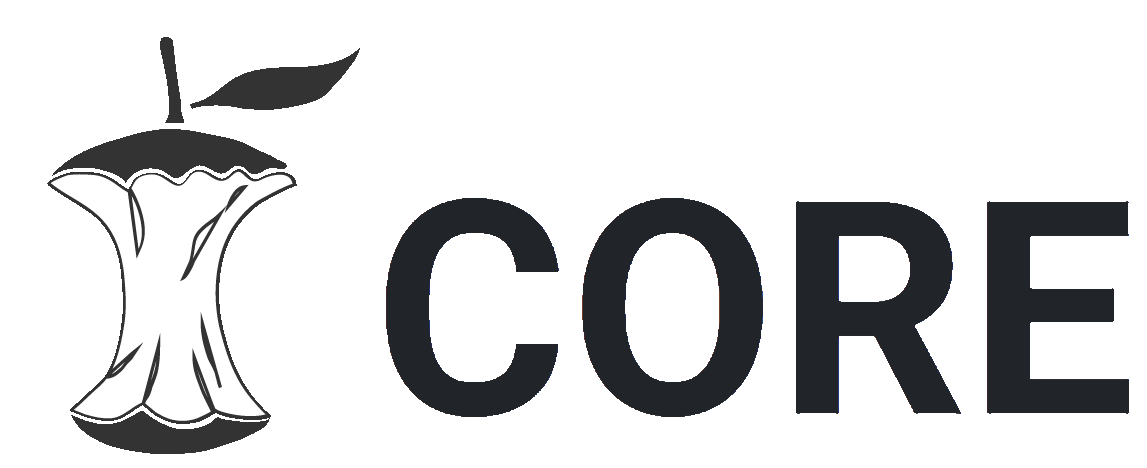Publicación: Evaluación de bioestimulantes radiculares bajo tres niveles de fertilización nitrogenada en el cultivo de maíz (Zea mays l.) para forraje en Apartadó – Colombia
Portada
Citas bibliográficas
Código QR
Autores
Director
Autor corporativo
Recolector de datos
Otros/Desconocido
Director audiovisual
Editor/Compilador
Editores
Tipo de Material
Fecha
Cita bibliográfica
Título de serie/ reporte/ volumen/ colección
Es Parte de
Resumen en español
El empleo de bioestimulantes se ha consolidado como una estrategia eficaz en la agricultura para incrementar el rendimiento y la calidad de los cultivos. Actualmente, los altos costos de los fertilizantes de síntesis química limitan la capacidad de implementar completamente los planes de fertilización en cultivos como el maíz. Este estudio tuvo como objetivo evaluar el efecto de un extracto comercial de algas en el desarrollo radicular del maíz bajo tres niveles de fertilización nitrogenada, orientado hacia la producción de forraje. Se utilizó un diseño de bloques completos al azar (DBCA) con un arreglo factorial 2 × 4. El primer factor correspondió a la presencia o ausencia del bioestimulante, mientras que el segundo factor incluyó cuatro niveles de fertilización nitrogenada (0, 48, 95 y 190 kg/ha de N). Se utilizó el bioestimulante comercial Radifarm® en todos los tratamientos. Para el análisis estadístico, se empleó el software R-project, mediante el cual se realizó un análisis de varianza (ANOVA). Además, se utilizó la prueba de comparación de medias de Tukey al 5 % de significancia para interpretar los resultados. Las variables evaluadas incluyeron: altura de planta, diámetro del tallo, ancho y largo de la hoja, área foliar, materia seca de tallo, raíz, hoja y mazorca, número y longitud de raíces, así como el rendimiento. Los resultados indicaron que el tratamiento con bioestimulante combinado con 190 kg/ha de nitrógeno fue el más efectivo, logrando los mejores valores en parámetros agronómicos y productivos del maíz. Este tratamiento permitió alcanzar una altura máxima de planta de (208.00 cm), un diámetro promedio de tallo de (20.842 mm), un número de hojas de (12.067), un ancho de hoja de (7.533 cm), y un largo de hoja de (81.233 cm). Además, se registró un área foliar de (6,943.1 cm²), un número de raíces de (39.000), y una longitud promedio de raíces de (50.833 cm). En términos de acumulación de biomasa, el tratamiento produjo (33.253 g) de materia seca en el tallo, (36.707 g) en las hojas (18.077 g) en las raíces, y (48.957 g) en las mazorcas. El rendimiento de biomasa forrajera alcanzó (3.279 kg/m²) con esta combinación de bioestimulante y fertilización. Por lo tanto, el uso de bioestimulantes, combinado con una adecuada fertilización nitrogenada, constituye una estrategia prometedora para maximizar la acumulación de biomasa y el rendimiento en el cultivo de maíz. Este enfoque contribuye significativamente al potencial productivo del cultivo, posicionándose como una alternativa viable para optimizar los recursos agrícolas y mejorar la sostenibilidad del sistema productivo.
Resumen en inglés
ABSTRACT The use of biostimulants has been consolidated as an effective strategy in agriculture to increase crop yield and quality. Currently, the high costs of chemically synthesized fertilizers limit the ability to fully implement fertilization plans in crops such as corn. This study aimed to evaluate the effect of a commercial seaweed extract on root development of corn under three levels of nitrogen fertilization, oriented towards forage production. A randomized complete block design (RBD) with a 2 × 4 factorial arrangement was used. The first factor corresponded to the presence or absence of the biostimulant, while the second factor included four levels of nitrogen fertilization (0, 48, 95 and 190 kg/ha of N). The commercial biostimulant Radifarm® was used in all treatments. For statistical analysis, the R-project software was used, through which an analysis of variance (ANOVA) was performed. In addition, Tukey's mean comparison test at 5% significance was used to interpret the results. The variables evaluated included: plant height, stem diameter, leaf width and length, leaf area, stem, root, leaf and cob dry matter, number and length of roots, as well as yield. The results indicated that the treatment with biostimulant combined with 190 kg/ha of nitrogen was the most effective, achieving the best values in agronomic and productive parameters of corn. This treatment allowed to reach a maximum plant height of (208.00 cm), an average stem diameter of (20.842 mm), a number of leaves of (12.067), a leaf width of (7.533 cm), and a leaf length of (81.233 cm). In addition, a leaf area of (6,943.1 cm²), a number of roots of (39,000), and an average root length of (50,833 cm) were recorded. In terms of biomass accumulation, the treatment produced (33,253 g) of dry matter in the stem, (36,707 g) in the leaves, (18,077 g) in the roots, and (48,957 g) in the cobs. The forage biomass yield reached (3,279 kg/m²) with this combination of biostimulant and fertilization. Therefore, the use of biostimulants, combined with adequate nitrogen fertilization, constitutes a promising strategy to maximize biomass accumulation and yield in corn crops. This approach contributes significantly to the crop's productive potential, positioning itself as a viable alternative to optimize agricultural resources and improve the sustainability of the productive system

 PDF
PDF 

